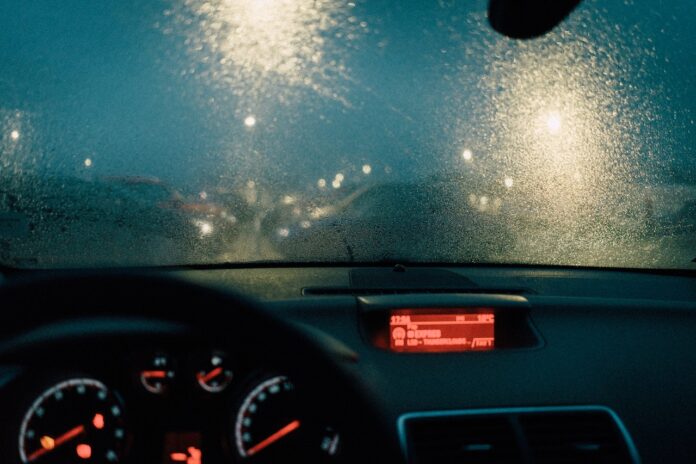
“Driving through water can be extremely dangerous, so it should be avoided at all costs where possible but sometimes it might need to be attempted in emergency situations.
“Often, drivers don’t know how deep the water is, or how fast-moving the water is and there is a risk that the vehicle could be swept off.
“Driving through floods can be life-threatening and there is a risk of injuries when fast-moving water carries debris and obstacles, as well as drowning if a vehicle becomes submerged.
“If the water rises above the middle of the vehicle tyre, or is deeper than 4 inches, drivers should not attempt to drive through it, and should instead pull over somewhere safe until the water drains away or rain stops.
“Flash floods, especially after heavy rain are common in the UK, so it is important that motorists know what to do if they find themselves trapped, or with no other option but to drive through.
“It is important to remain calm and turn on hazard lights to improve visibility and let your presence be known to other drivers.
“Motorists should then switch into first gear to minimise the risks of stalling and getting stuck and make sure to maintain a steady so that the car doesn’t lose control.
“It is also important that drivers constantly rev by slipping the clutch because if water gets in the clutch it could stall the engine.
“In the event that tyres lose contact with the road and drivers lose steering control, they should gently lift off the accelerator and hold the steering wheel straight, and should not be tempted to harshly brake as this will make things worse.
“Besides being dangerous, driving through deep water can cause severe damage to a vehicle as they are not designed to travel through water.
“The water can cause irreversible and costly damage to multiple parts of a vehicle including the engine, transmission, brakes, suspension and general electrical components.
“For this reason, it is always best to take the vehicle to a garage or mechanic if it has been through water to give it a check over.
“Although floods can not always be anticipated, there are ways to minimise the risks of being trapped in one including researching where high-flood-risk areas are and making sure to check for emergency alerts and monitor local news or radio.
“If it is not possible to find an alternative route or get to higher ground, make sure to follow our tips and try to keep a clear head.”
“In the rare occasion that a driver finds themselves stuck in rising water, or submerged vehicle, they should try not to panic, unbuckle their seatbelt, roll down the window and escape as quickly as possible.
“They should then climb to the top of the car, call 999 and wait for emergency help to come and rescue them.”
Help keep news FREE for our readers
Supporting your local community newspaper/online news outlet is crucial now more than ever. If you believe in independent journalism, then consider making a valuable contribution by making a one-time or monthly donation. We operate in rural areas where providing unbiased news can be challenging. Read More About Supporting The West Wales Chronicle























